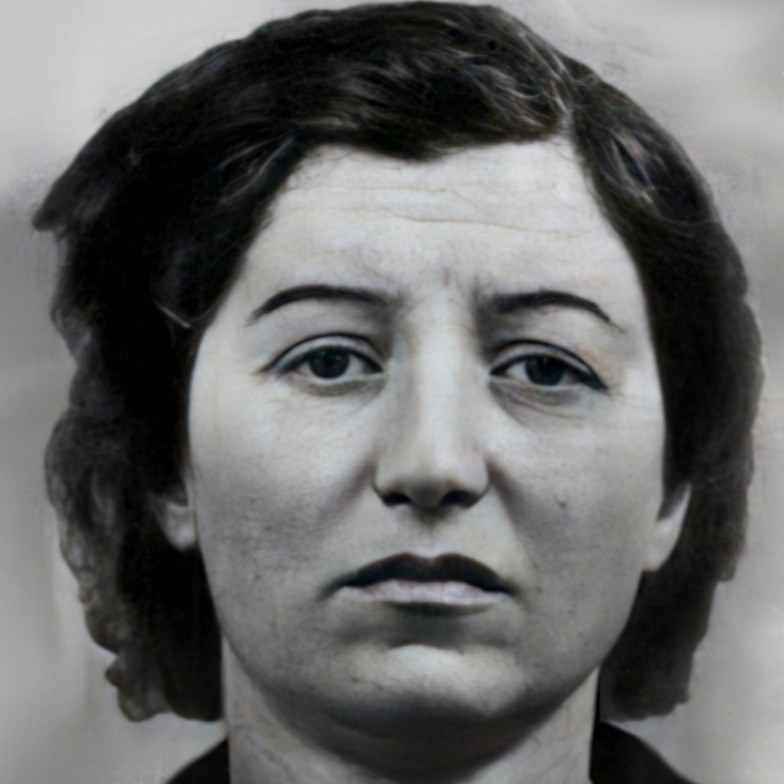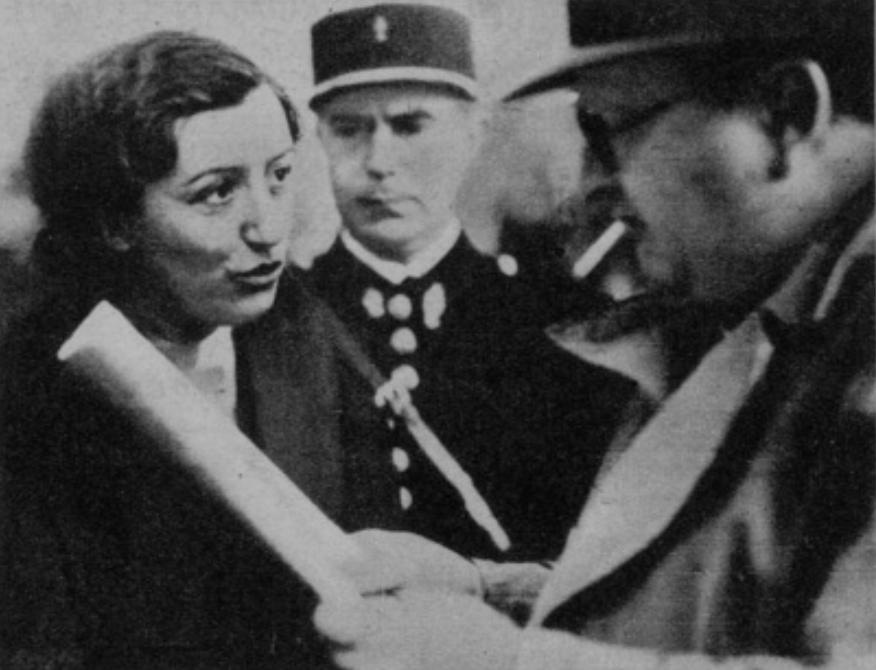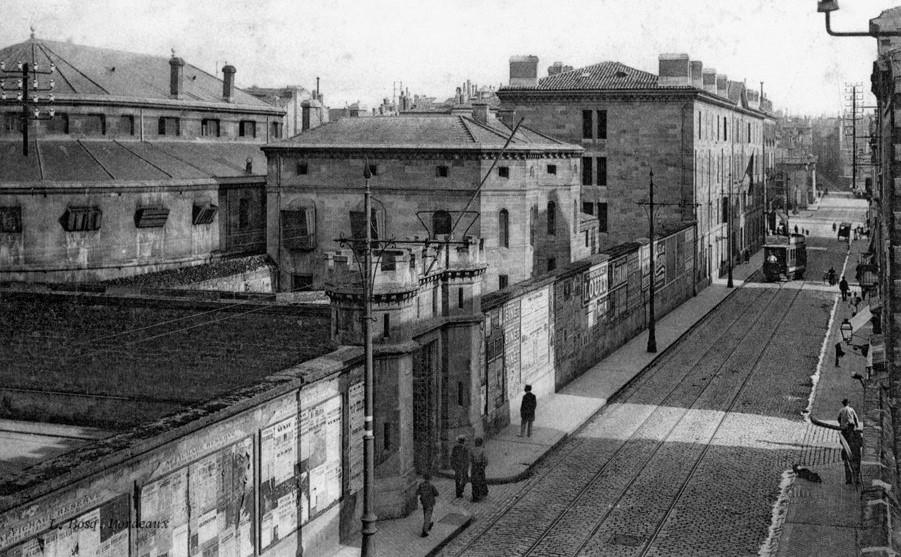
1904 - 1941
Élisabeth Lamouly
Summary
Name:
Élisabeth LamoulyYears Active:
1937 - 1938Birth:
September 01, 1904Status:
ExecutedClass:
MurdererVictims:
2Method:
PoisoningDeath:
January 08, 1941Nationality:
France
1904 - 1941
Élisabeth Lamouly
Summary: Murderer
Name:
Élisabeth LamoulyStatus:
ExecutedVictims:
2Method:
PoisoningNationality:
FranceBirth:
September 01, 1904Death:
January 08, 1941Years Active:
1937 - 1938Date Convicted:
April 26, 1940bio
Élisabeth Lamouly was born on 1 September 1904 in Belin, Gironde, France, to Augustin Lamouly and Jeanne Brun. Her family worked a modest wine estate in the countryside. In November 1922, at age 18, she married Jean Ducourneau. The couple had two children, the first born in 1924 and the second around 1929.
In the mid-1930s, Élisabeth’s life began to change dramatically. In August 1936, her father died, followed a year later by the death of her mother—an event that would later become central to the criminal case.
After inheriting the family farm, she and Jean moved in May 1938 to Bordeaux, where they purchased a bar to start a new life. Around this time, she began an affair with Abdou Hamoud, a young soldier from Algeria who boarded in their home and worked nearby in the vineyards.
The death of her husband in 1938, coming soon after her mother’s death, stirred rumors and eventually led to an anonymous letter sent to the authorities accusing Élisabeth of poisoning her family. The subsequent investigation revealed a pattern of calculated deceit and a willingness to use poison as a way to rid herself of people she perceived as obstacles.
murder story
Élisabeth Lamouly’s crimes began in 1937 with the slow poisoning of her mother, Jeanne Brun Lamouly. According to her own statements—later retracted—her lover Abdou Hamoud pressured her to buy digitalis, a powerful toxin, and administer it daily to her mother. After about ten days of dosing, her mother died on 31 August 1937. The death raised no suspicion at the time, and Élisabeth quickly inherited the family estate.
In 1938, Abdou Hamoud encouraged the family to move to Bordeaux to open a bar. Soon after, a large sum of cash was stolen in a robbery. Jean Ducourneau became suspicious, and marital conflict escalated. Eventually, Hamoud left the household after being implicated in the theft, only to be replaced in Élisabeth’s affections by a new lover, Gilbert-Édouard Camou, a young docker who rented a room upstairs.
According to the investigation, Élisabeth and Camou decided to kill Jean Ducourneau to gain freedom and possibly insurance money. On 22 October 1938, they administered an initial dose of digitalis in his food, which had little effect. On 25 October, they tripled the dose, causing Jean to collapse and die suddenly around noon.

An autopsy and exhumation confirmed digitalis poisoning. During questioning, Élisabeth confessed in detail to both murders but later retracted her statements and claimed she acted only under the influence and coercion of her lovers. Investigators did not believe her shifting accounts.
Abdou Hamoud was eventually located and arrested in Casablanca with incriminating documents, while Camou was also arrested and charged. Both men were sentenced to 20 years in prison, while Élisabeth faced trial as the principal author of the crimes.
Her lawyers argued there was no direct evidence proving her guilt beyond her confessions. Nevertheless, the Gironde jury convicted her. Psychiatric examination confirmed she was sane and fully responsible for her actions.
On 26 April 1940, Élisabeth Lamouly was sentenced to death. The outbreak of World War II delayed her execution, but under the Vichy regime of Marshal Pétain, the moratorium on executing women was lifted. Pétain refused clemency, famously asking, “Why not women?” when it came to capital punishment.

On the morning of 8 January 1941, the guillotine was erected in the courtyard of Bordeaux’s Prison du Hâ. When told she was to be executed, Lamouly fought fiercely, screaming and struggling so violently she had to be bound. Executioner Jules-Henri Desfourneaux remained calm as she was secured; the blade fell at 9:03 a.m. Lamouly was the first woman guillotined in France in nearly half a century.